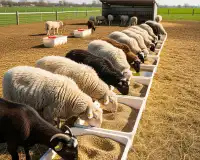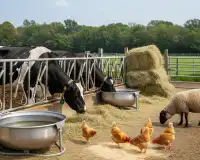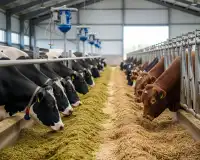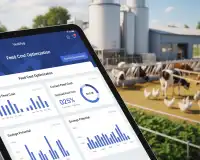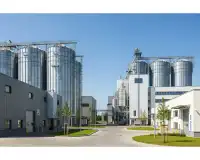How to Prepare Diarrhea-Preventing Feed for Calves? The Secret to a Healthy Start
Discover practical methods for preparing an easy-to-digest, special starter feed to prevent calf diarrhea. This guide includes a sample feed formula, raw material list, and important tips for a healthy start.
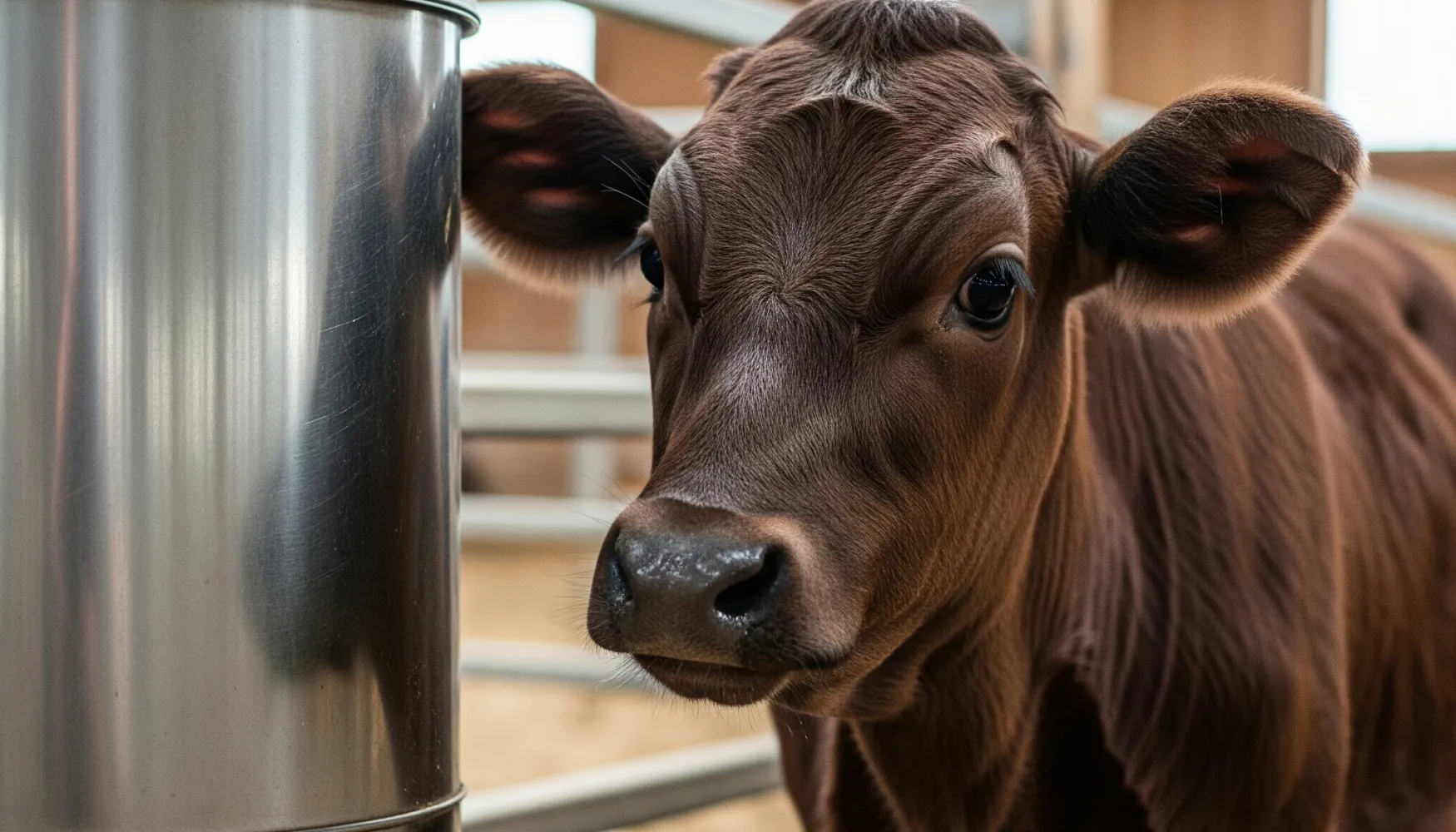
How to Prepare Diarrhea-Preventing Feed for Calves? The Secret to a Healthy Start
Calves are the future of a farm. However, especially in the first weeks, diarrhea not only endangers calf health but also causes significant losses to the business. Did you know that one of the most effective ways to prevent calf diarrhea is through proper feeding? You can largely prevent this problem by preparing a special calf starter feed.
In this article, you will find the simple secrets and a practical formula for preparing a feed that protects the sensitive digestive system of calves and acts as a shield against diarrhea.
Why are the First Weeks So Critical for Calves?
The digestive system of a newborn calf is not fully developed. The rumen is not yet active, and milk is digested directly in the abomasum. Incorrect or difficult-to-digest feed given during this period can instantly disrupt the delicate balance in the intestines. This creates a suitable environment for diarrhea-causing microbes to multiply. This is why the feed we provide must be highly digestible.
What are the Key Characteristics of Diarrhea-Preventing Calf Feed?
A good diarrhea-preventing calf feed should have the following characteristics:
- Easily Digestible Energy Sources: It should meet the calf's energy needs but not strain its digestive system. Crushed or flaked grains are excellent for this purpose.
- Quality Protein: Protein is essential for growth, but this protein must be easy to digest.
- Fibers Supporting Intestinal Health: Fibers like sugar beet pulp nourish beneficial bacteria, not harmful microbes.
- Vitamin and Mineral Support: Indispensable for strengthening the immune system.
Sample Diarrhea-Preventing Calf Feed Formula and Nutritional Values
You can use the table below as a guide to prepare your own diarrhea-preventing calf feed. This formula consists of highly palatable and easily digestible raw materials that encourage calves to start eating solid feed.
| Raw Material | Proportion in Mixture (%) | Function |
|---|---|---|
| Corn Flake (Crushed Corn) | 45% | Easily digestible, high energy source. |
| Soybean Meal (46%) | 25% | High-quality and digestible vegetable protein. |
| Wheat Bran | 15% | Enhances palatability and provides fiber for digestion. |
| Dry Sugar Beet Pulp | 10% | Nourishes beneficial bacteria in the intestine (prebiotic effect). |
| Vitamin-Mineral and Additive* | 5% | Strengthens immunity, reduces diarrhea risk. |
*Important Note: This 5% additive mixture must contain a vitamin-mineral premix specially prepared for calves, a toxin binder, and probiotics that support intestinal health. You can obtain these products from your veterinarian or feed additive companies.
What Should Be the Target Nutritional Values for This Ration?
The nutritional values of a feed prepared as described above should be approximately as follows:
- Crude Protein: 18% - 20%
- Metabolizable Energy: 2800 - 2900 Kcal/kg
- Crude Fiber: Less than 7% (to avoid hindering digestion)
Golden Rules to Pay Attention To
- Cleanliness is a Must: Feeders and water troughs must always be clean. Dirty equipment is the number one cause of diarrhea.
- Always Fresh Water: Always ensure calves have access to clean and fresh water. Water is vital for digestion.
- Gradual Transition: Do not rush when habituating calves to solid feed. Start with small amounts and gradually increase.
- Observe: Constantly observe your animals. Stool consistency, appetite, and general well-being will give you the most accurate information.
In conclusion, diarrhea-preventing calf feed preparing is not as complicated as it seems. By using the right raw materials in the correct proportions and paying attention to cleanliness, you can minimize calf losses and raise healthy and productive herds of the future with your own hands.
